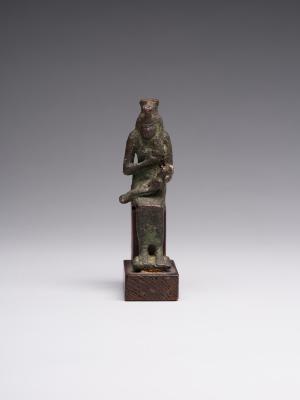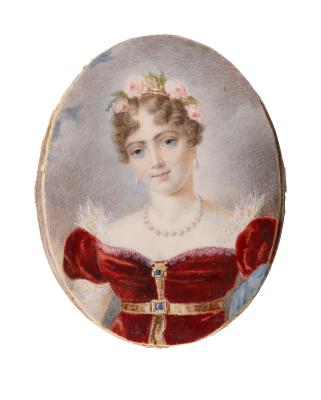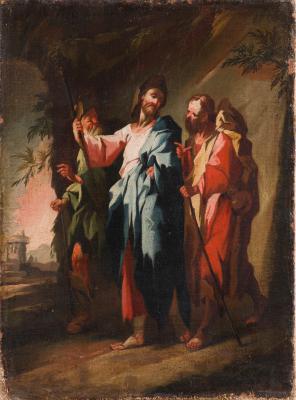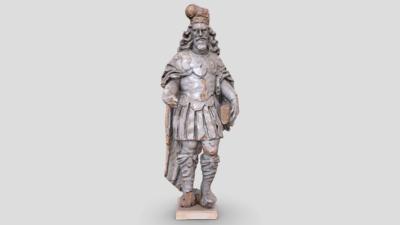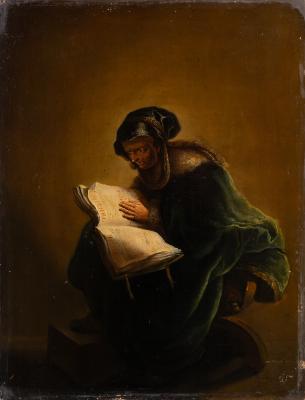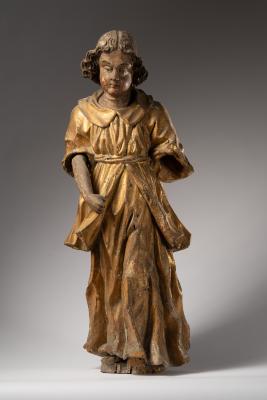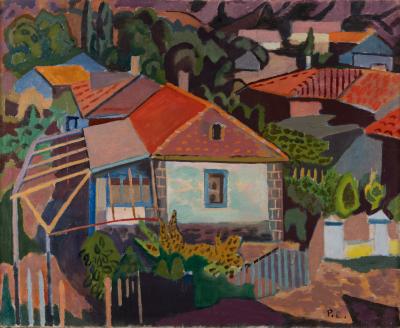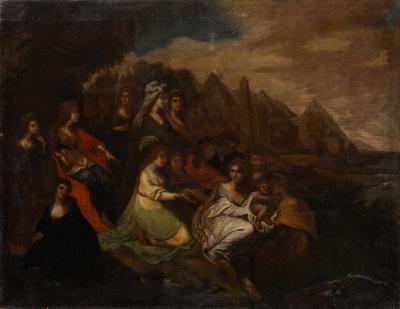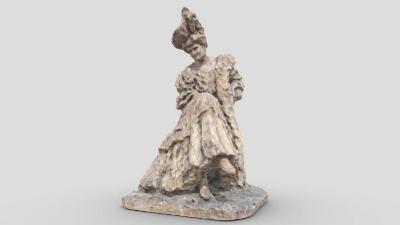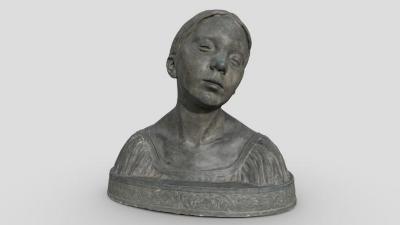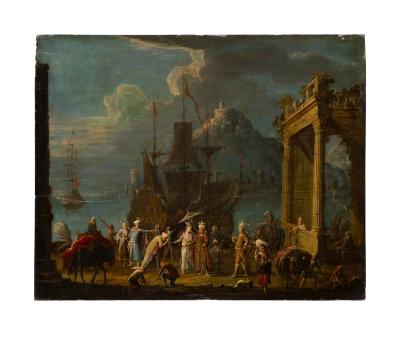Faust
Alexander Aksinin
- ID
- Г-IV-4576
- Author
- Alexander Aksinin
- Name
- Faust
- Date of creation
- 1984
- Technique
- etching
- Material
- imprint on paper
- Dimensions (height x width, cm)
- 9.8 x 7.8
- Type
- printmaking
- Provenance
- Courtesy of V. Onusaitis, 1987
This is the work of the last period of the artist's oeuvre. The title "Faust" is not indicated on the etching. However, it is recorded in Alexander Aksinin's diary.
The work is a two-figure composition on a dark background. The author presented it as a sculptural form of naked lovers frozen in embraces. A female figure stands with her back turned to the viewers while her body is scattered at the bottom by boulders.
In this way, the artist illustrates the tragic outcome of the love affair between Dr. Faust and Gretchen (Margarete) in Johann Wolfgang von Goethe's "Faust". The paradoxical image of destructive embraces reflects Faust's tragedy, who "by desiring the good, brings evil". The artist expresses this concept through a simple but powerful visual oxymoron.






